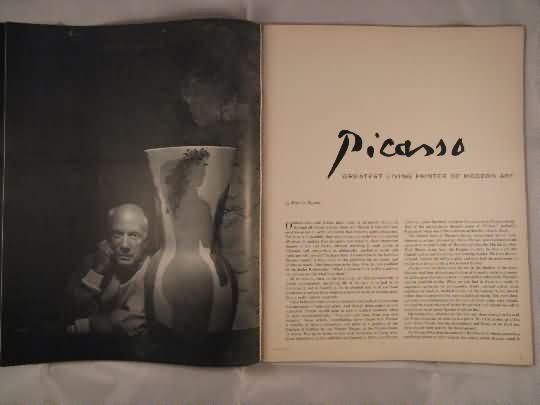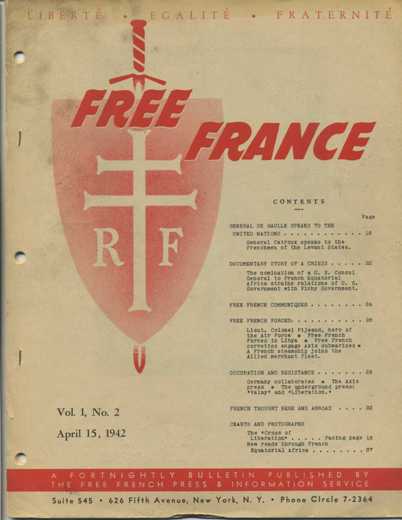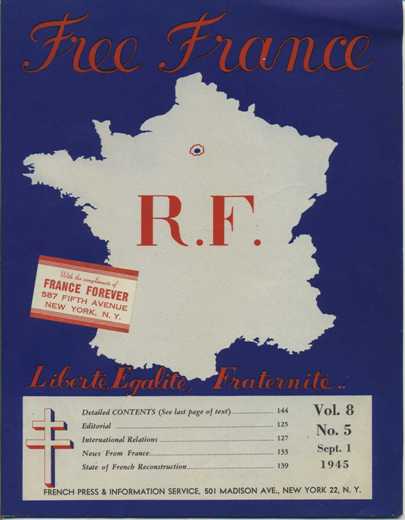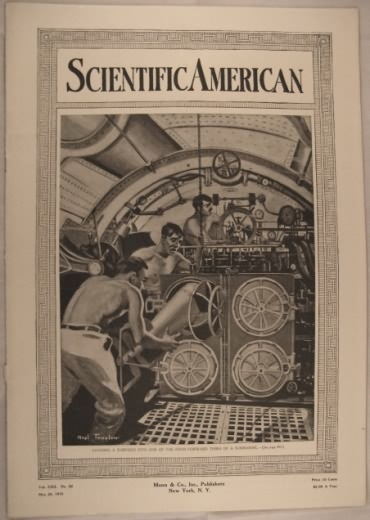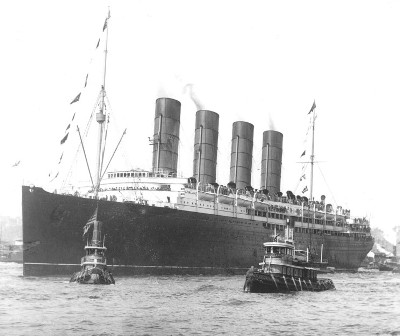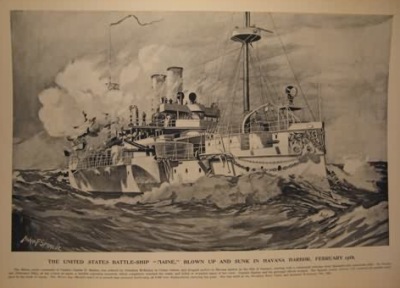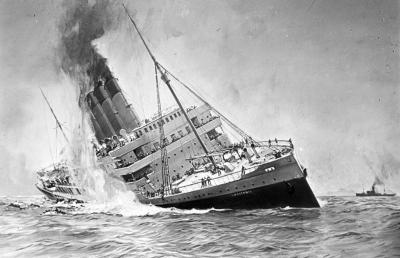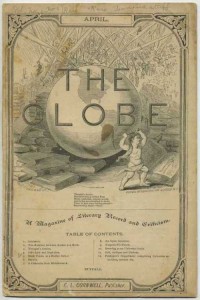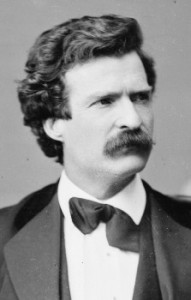I really love what I’ve seen of this old over-sized picture magazine which touts itself as “The Magazine of Knowledge and Education.” A large format title, similar in size to LIFE Magazine, Wisdom first appeared in 1956, typically featuring Yousuf Karsh photos of famed intellectuals and artists on both covers and on the main inside feature.
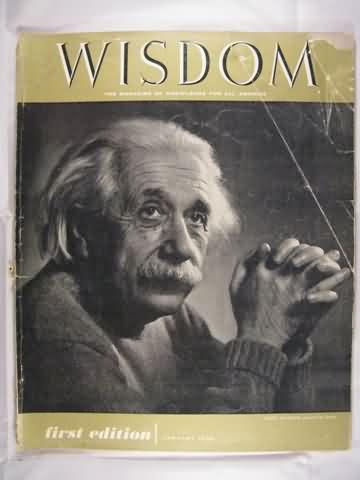
An example of the subjects of Wisdom can be found in this checklist, found on the inside covers of issue #25:
#1 Albert Einstein
#2 Albert Schweitzer
#3 Bernard Baruch
#4 Winston Churchill
#5 Abraham Lincoln
#6 Jascha Heifetz
#7 Laurence Oliver
#8 Dr. Jonas E. Salk
#9 George Bernard Shaw
#10 Cecil B. De Mille
#11 Helen Keller
#12 Jesus
#13 The Thinker by Rodin
#14 Bertrand Russell
#15 Artur Rubinstein
#16 Somerset Maugham
#17 Jung, Adler, Freud
#18 Dwight D. Eisenhower
#19 Eleanor Roosevelt
#20 Will Durant
#21 Pope Pius XII
#22 David Sarnoff
#23 Benjamin Franklin
#24 Yousuf Karsh
#25 Pablo Picasso
And since I’ve had #26 I can tell you that was Ernest Hemingway. But how long did the title continue being published, that I did not know. All I knew is I liked it and wanted to know more.

In what was one of the last sources I found about Wisdom, Albert R. Vogeler writes eloquently about the title, and some of the unfortunate events which are covered on this page below. I’ll link to Mr. Vogeler’s document at the bottom of this page when I return to it, but for now we’ll let his eloquent words describe what was Wisdom the magazine:
“An elitist publication (hard covers, opulent large format, semi-annual issues in limited numbers), it nevertheless embodied a populist message (everyone can aspire to wisdom, the great minds of the past speak directly to our generation through their books, and they can make our lives better if we learn how to read them).”
I ran into a bit of a problem trying to determine when Wisdom Magazine died before finally discovering the date was 1964. After coming up empty searching for a tight little history of the title both on my book shelves and online, I decided to Google the publisher Leon Gutterman. To my surprise it appears at least possible that Mr. Gutterman is still going strong as the Director of what is now called The Wisdom Society For The Advancement Of Knowledge, Learning & Research In Education (Wisdom Hall Of Fame). Of course, the business directory page I found is far from official, but adding the 52 years it claims this company has been in business to the 1956 date of Volume 1, Number 1 of Wisdom Magazine we do come out at 2008, which is pretty close. The manta.com directory also tells us that the business is located in Beverly Hills, CA and currently has 2 employees with estimated revenues of $100,000/yr. There’s even a phone number.
But I didn’t find the 1964 date there and I was pretty sure Wisdom Magazine had long ceased publication. The issue I had pulled out to create this post did include the information that “Wisdom Magazine is published monthly by The Wisdom Society for the Advancement of Knowledge, Learning and Research in Education, a non-profit educational and literary organization” (May 1958 issue), and so obviously The Wisdom Society would live on after the magazine ceased publication.

Continuing my search for anything Wisdom or Gutterman I came upon TIME Magazine’s announcement of Volume 1, Number 1 of Wisdom Magazine in the Press section of their December 26, 1955 issue. Wisdom is referred to as a “glossy ‘class magazine for the masses'” and notes Gutterman, age 39 (which would make him 93 today), as an ex-movie press-agent claiming 150,000 subscribers for his new monthly. TIME also reports that Gutterman says he has approximately 100 backers investing $1 million in Wisdom.
What’s funny is that two issues later, January 9, 1956, TIME publishes a letter from Mr. Gutterman complaining about the previous coverage. In all caps, Gutterman writes that he’s “deeply disappointed that TIME’s Dec. 26 story on “Wisdom” Magazine was presented to your readers with such inaccuracy and indifference. Gutterman states that he is not an ex-movie press-agent but was a screenwriter and nationally syndicated columnist. TIME’s editorial team replies that “Gutterman’s own biographical sketch in the Motion Picture Almanac notes: ‘Paramount publicity writer 1941-42. June 1942 appointed publicity director Warner Brothers Radio Division.'”
Hey, you can’t fault the guy for creating another little mention in TIME Magazine at the launch of his own title, well done, I say.
Actually, the IMDb does list a Leo Gutterman as the original author of a 1948 film titled “Smart Women” starring Brian Aherne and Constance Bennett. Note this Gutterman wrote the source material that the script, written by others, was based on. Even with the missing “n” (this is Leo, not Leon), this is the only credit for Gutterman on the comprehensive, though admittedly not perfect, IMDb site.

From there I thought I’d hit a dead end. TIME does not choose to cover the death of Wisdom, and so I thought I’d have to do a little guess work. But I did find a couple of more relevant sources.
Next stop was Oregon State University’s site where they showed off a “Wisdom Award of Honor” made out to Linus Pauling and signed by Gutterman. The library dates this item as 1965. Interesting.
From there it gets more interesting, with this March 12, 1974 Free-Lance Star article “Post Office Frowns on Hall of Wisdom” in which we discover at least 30,000 people have received letters from Leon Gutterson of the Wisdom of Hall of Fame through the mail proclaiming:
“It is a pleasure and privilege to personally notify you that you have been judged worthy of highest honor”
“Based on our evaluation of your impressive accomplishments, you are, to the best of our knowledge, a man of superior intelligence, intellectual attainment, high idealism, personal integrity, excellent reputation.”
“You have been nominated by the Board of Editors and deemed worth of the highest status, highest prestige award of education in America: The Wisdom Award of Honor.”
All you had to do to have your name added to a list featuring the likes of Walt Disney, Cecil B. DeMille, Walter Cronkite and others was send a $100 gift to the Educators and Editors of Wisdom.
The USPS estimated just a 1-5% response rate. The Star writes “In a recently concluded case postal officials found that the so-called Wisdom Board of Editors consisted essentially of Gutterman and one female assistant who combed lists from Who’s Who publications and submitted them to each other for promotional purposes.”
Actually, 2 employees rings a bell from up above.
We also get our end date of 1964 when the Star notes “the magazine actually ceased publication in 1964, only one Wisdom book has appeared, and the encyclopedia is still far from completion.”
The USPS decided against Wisdom and stopped their incoming mail. This document appears to be the USPS’s findings at Wisdom’s appeal.
Of Wisdom Magazine’s death, Albert R. Vogeler, who is also quoted above, had this to say in his document, “Wisdom, Inc.”:
“This glossy “class magazine for the masses” seemed briefly to prosper after its much-publicized founding in 1956, then stagnated, and staggered into financial failure in 1964. It remains to this day on library shelves, an unread relic of a purportedly idealistic publishing venture that was deeply tainted with hubris.”
The Vogeler piece does a great job in explaining how Gutterman’s Hollywood background brought less intellectual subjects such as Cecil B. DeMille and Walt Disney into Wisdom’s mix.
Frankly, I think Wisdom’s past could be called checkered at best, but at the same time I’m all the more intrigued by the title and look forward to handling more in the future.
